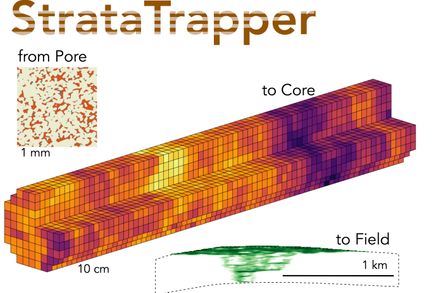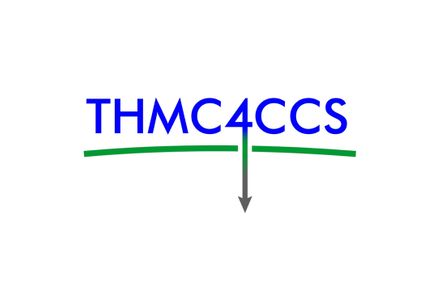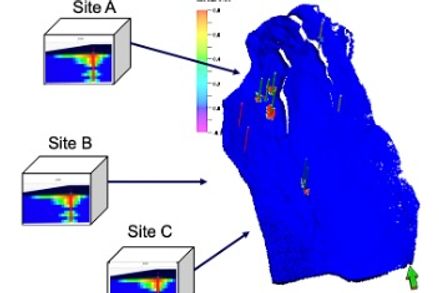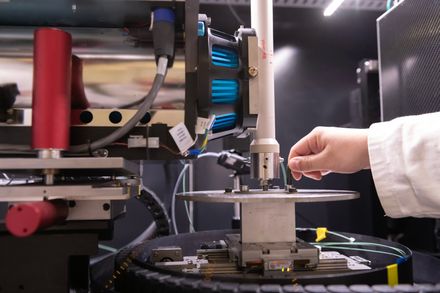BibTex format
@article{Zhang:2022:10.1021/acs.estlett.2c00296,
author = {Zhang, Y and Jackson, C and Krevor, S},
doi = {10.1021/acs.estlett.2c00296},
journal = {Environmental Science and Technology Letters},
pages = {693--698},
title = {An estimate of the amount of geological CO2 storage over the period of 1996-2020},
url = {http://dx.doi.org/10.1021/acs.estlett.2c00296},
volume = {9},
year = {2022}
}





